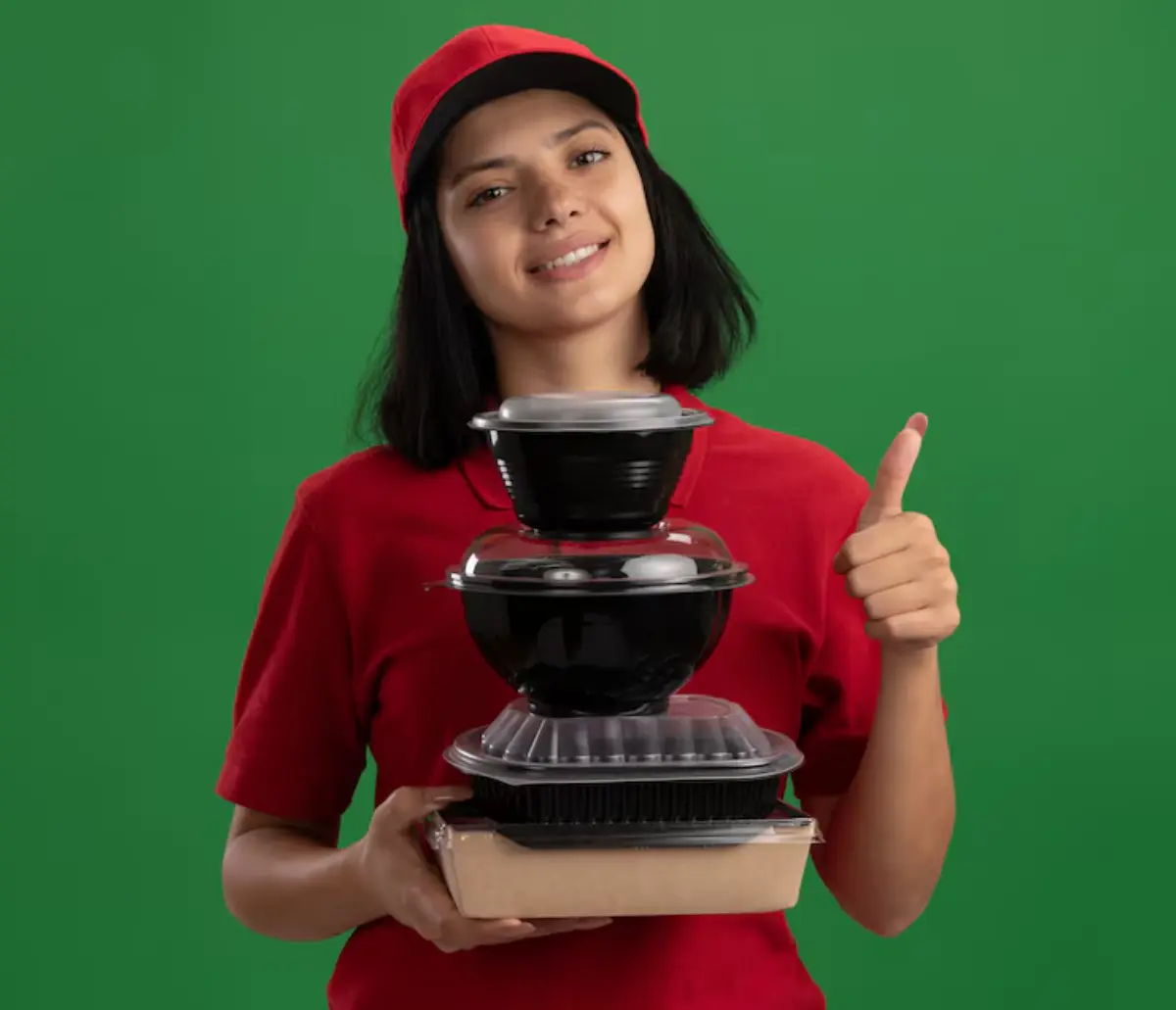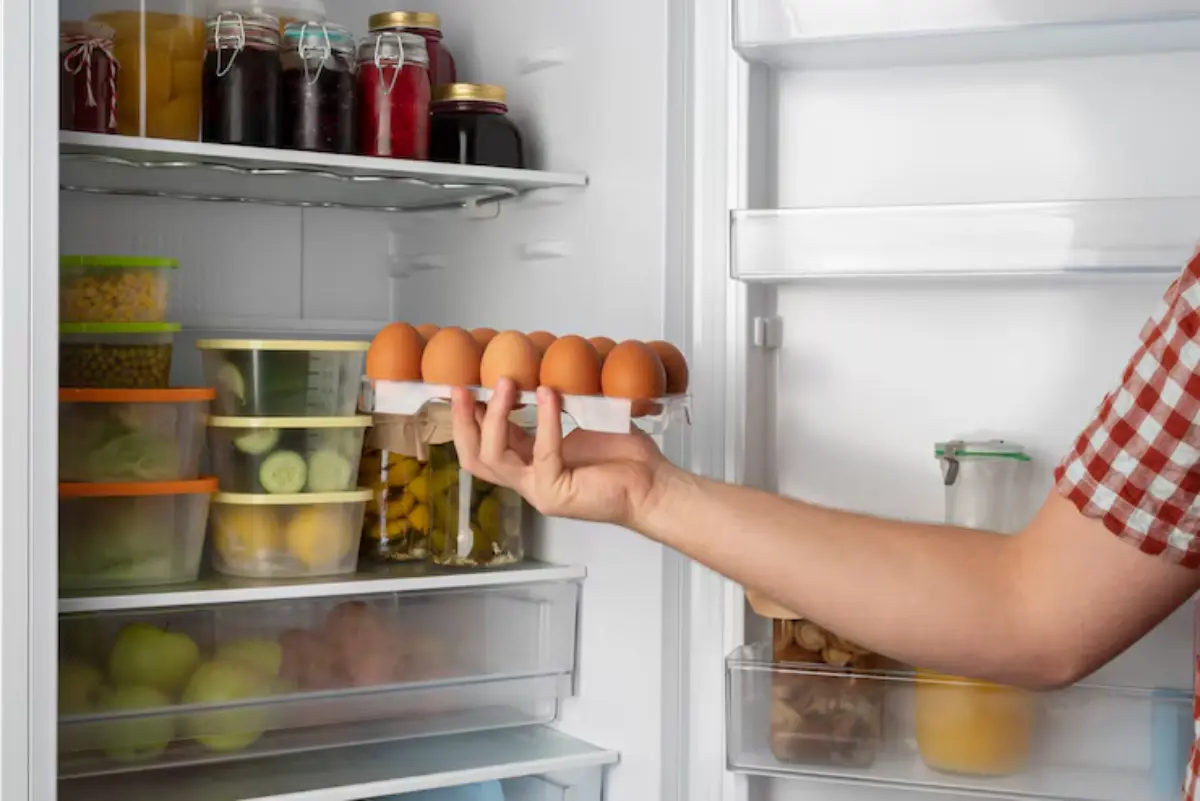
How to Store Prepped Meals for Maximum Freshness
You’ve just spent your Sunday prepping a week’s worth of delicious meals. Your kitchen smells amazing, your fridge is full, and for once, you feel like you’re ahead of the game. But by Wednesday? That vibrant stir-fry looks sad, the chicken’s a bit suspect, and the salad’s gone soggy.
If that scenario sounds familiar, you’re not alone.
Knowing how to store food properly is just as important as knowing what to cook. Done right, proper storage keeps your meals fresh, safe, and appetising — saving time, money, and potential tummy trouble.
This guide is your one-stop resource for mastering the art of storing prepped meals, packed with expert fridge storage tips, clever meal container hacks, and proven practices to make your Sunday prep last all week long.
Let’s make your meals taste as good on Thursday as they did on Sunday.
Why Proper Meal Storage Matters
1. Prevents Food Waste
When meals are poorly stored, they spoil faster. That’s your time, money, and ingredients down the drain.
2. Keeps You Safe
Improper storage can lead to bacteria growth. Understanding temperature and storage timing is key to food safety.
3. Maintains Taste and Texture
No one wants dry chicken, mushy rice, or wilted greens. Storing food the right way preserves quality.
The Basics of Safe Food Storage
1. Cool Before You Store
Always allow hot food to cool slightly before refrigerating — but don’t let it sit out too long.
Best practice:
- Cool food within 30 minutes
- Store in the fridge within 2 hours of cooking
2. Use the Right Storage Temperature
- Fridge: 1°C to 4°C (34°F to 40°F)
- Freezer: -18°C or below (0°F or below)
Invest in a fridge thermometer if yours isn’t digital — accuracy matters.
3. Use Airtight Containers
This prevents:
- Moisture loss (drying out)
- Fridge odours
- Contamination from other foods
Tip: Glass containers tend to be better at sealing in freshness than cheap plastic lids.
Meal Container Hacks You’ll Wish You Knew Sooner

1. Use Clear Containers
- You’re more likely to eat what you can see
- Prevents forgotten leftovers
- Makes fridge organisation easier
2. Stack Smartly
- Stackable containers save space
- Use shallow containers for faster cooling
- Avoid stacking hot containers (they trap heat)
3. Label Everything
Include:
- Name of dish
- Date it was made
- Reheat instructions (optional)
Use whiteboard markers, masking tape, or freezer-safe labels.
Best Containers for Every Type of Meal
Glass Containers with Lids
- Ideal for reheating
- Long-lasting, dishwasher safe
- Don’t stain like plastic
BPA-Free Plastic Containers
- Lightweight and stackable
- Great for cold storage and snacks
Silicone Food Pouches
- Flexible and space-saving
- Excellent for freezing sauces or soups
Mason Jars
- Great for salads, yoghurt parfaits, overnight oats
- Store vertically to maximise shelf space
Compartmentalised Lunchboxes
- Best for bento-style meals
- Keeps wet and dry items separate
For batch cooking ideas to fill these containers, explore 10 Make-Ahead Meals for the Week.
How to Store Specific Meal Types

1. Grains (Rice, Quinoa, Pasta)
- Store in airtight container for 4–5 days
- Add a few drops of oil before refrigerating to prevent clumping
- Reheat with a splash of water to revive texture
2. Cooked Proteins (Chicken, Beef, Tofu)
- Separate into portions for faster cooling
- Store for up to 3–4 days in the fridge
- Freeze extras immediately if not using that week
3. Cooked Vegetables
- Keep roasted or steamed veggies in shallow containers
- Store separately from sauces to prevent sogginess
- Reheat in the oven or pan to regain crispness
4. Salads
- Store dry components separately from dressing
- Use mason jars to layer: dressing at the bottom, leaves at the top
5. Soups and Stews
- Cool completely before sealing
- Use freezer-safe containers or bags
- Leave space at the top for expansion if freezing
6. Sauces and Dips
- Store in small jars or silicone pouches
- Freeze in ice cube trays for single-use portions
Fridge Storage Tips for Maximum Freshness
1. Organise by Temperature Zones
- Top shelf: Ready-to-eat meals and snacks
- Middle shelf: Cooked meats and prepped meals
- Bottom shelf: Raw meats (contain leaks)
- Crisper drawers: Fruits and veg
2. Don’t Overfill
Air needs to circulate to maintain proper temperature. Leave some space between containers.
3. Use the “First In, First Out” Rule
Rotate your meals: eat the oldest ones first.
4. Open Containers = Shorter Life
Use cling film or lids to seal bowls and plates. Air exposure = faster spoilage.
Freezer Storage Tips

1. Label Clearly
Include date and meal name — freezer fog makes food hard to identify.
2. Freeze in Flat Layers
Use zip-top bags to freeze soups, sauces and stews flat. Stack for space-saving.
3. Portion Before Freezing
Don’t freeze an entire batch in one container unless you plan to reheat it all at once.
4. Defrost Safely
Always thaw in the fridge overnight — not on the counter.
Freezer Lifespan (general guide):
- Cooked meat: up to 3 months
- Soups/stews: 2–3 months
- Cooked grains: 1–2 months
Reheating Best Practices
Microwave
- Use a microwave-safe cover to retain moisture
- Stir halfway through
- Let sit for 1–2 mins after heating
Oven
- Use foil to cover baked dishes
- Heat at 160°C to avoid drying out
Stovetop
- Best for soups, stews, and stir-fries
- Add a splash of water, broth or sauce to loosen
Do not reheat rice more than once. Cooked rice can grow bacteria if left out too long.
Advanced Storage Hacks
1. Invest in Divided Containers
Keep main and sides separate for better texture.
2. Use Lazy Susans in the Fridge
Helps prevent food getting pushed to the back and forgotten.
3. Repurpose Leftovers Creatively
- Leftover roast = sandwiches or stir-fry
- Pasta sauce = pizza base
- Cooked veg = omelettes or wraps
Common Mistakes to Avoid
Overfilling Containers
Leads to slower cooling and uneven temperatures.
Using Containers That Leak
Especially with soups — use lockable lids!
Storing Hot Food Immediately
Raises the internal fridge temperature, risking other items.
Not Labelling Meals
You’ll forget what it is or when it was made.
Make Freshness Last
Properly storing prepped meals is the final (and crucial) step in your meal planning journey. With the right containers, a bit of organisation, and smart fridge and freezer habits, you can keep your meals fresh, safe, and full of flavour for days.
Taking a little extra care with how you store your food helps protect your time, your wallet, and your family’s health.
Want to build a system that supports your whole week? Pair this with our Beginner’s Guide to Family Meal Prep Sundays.


